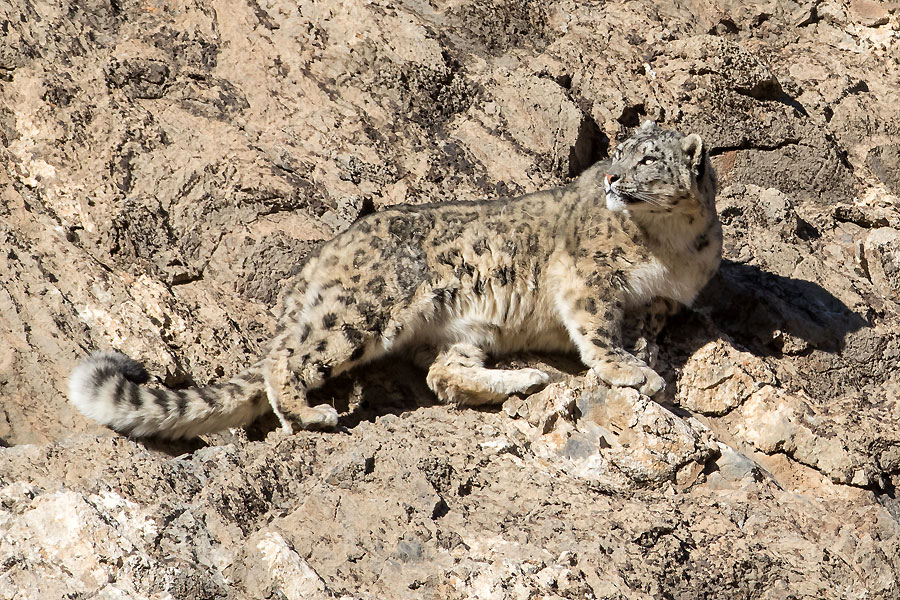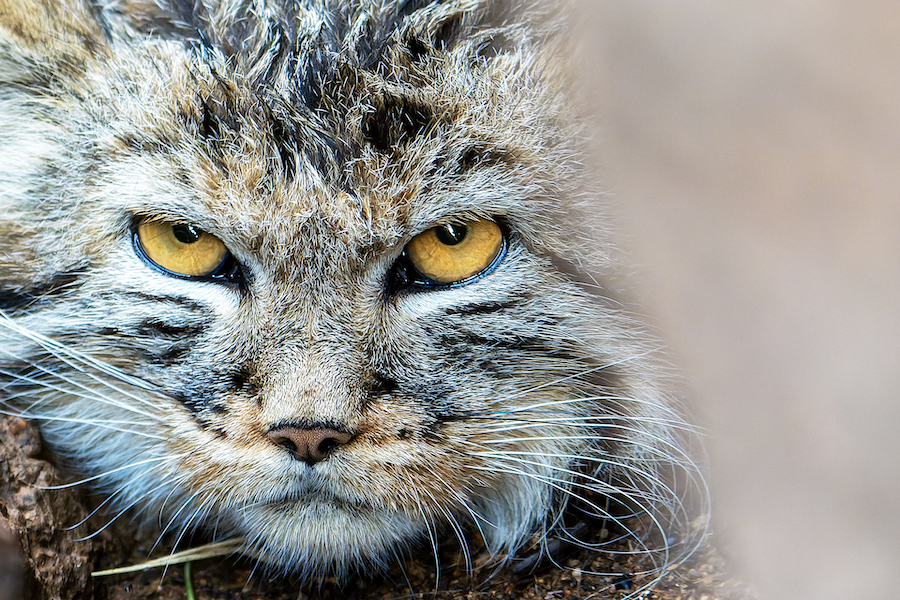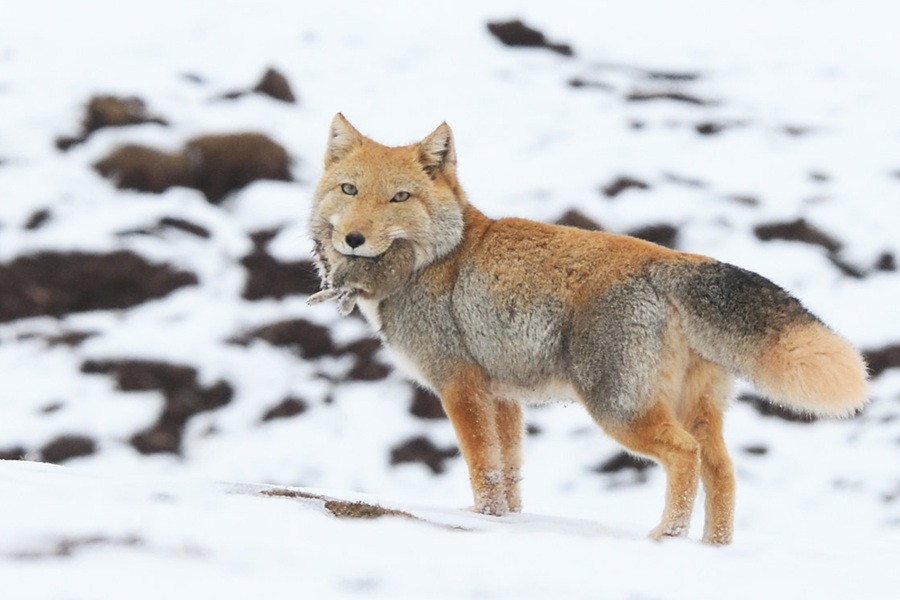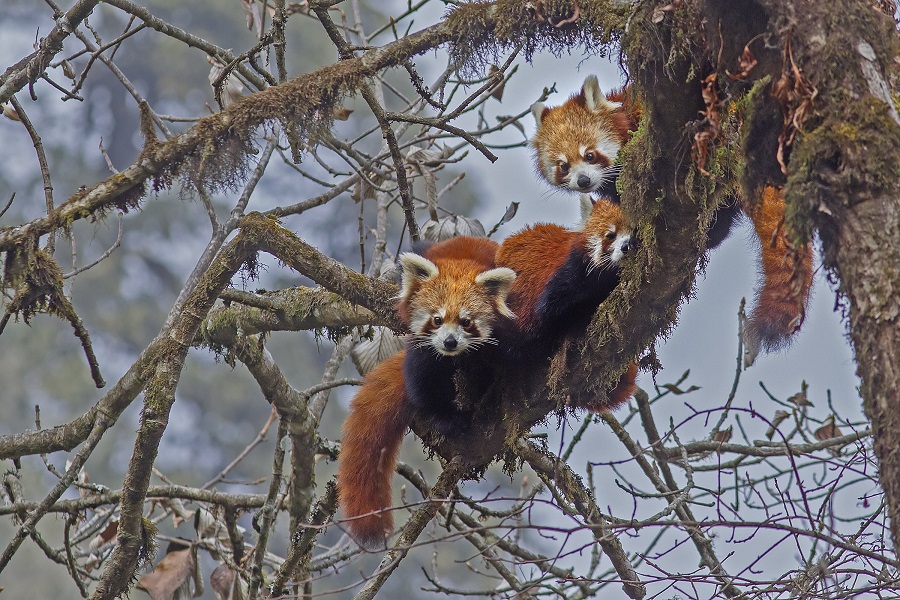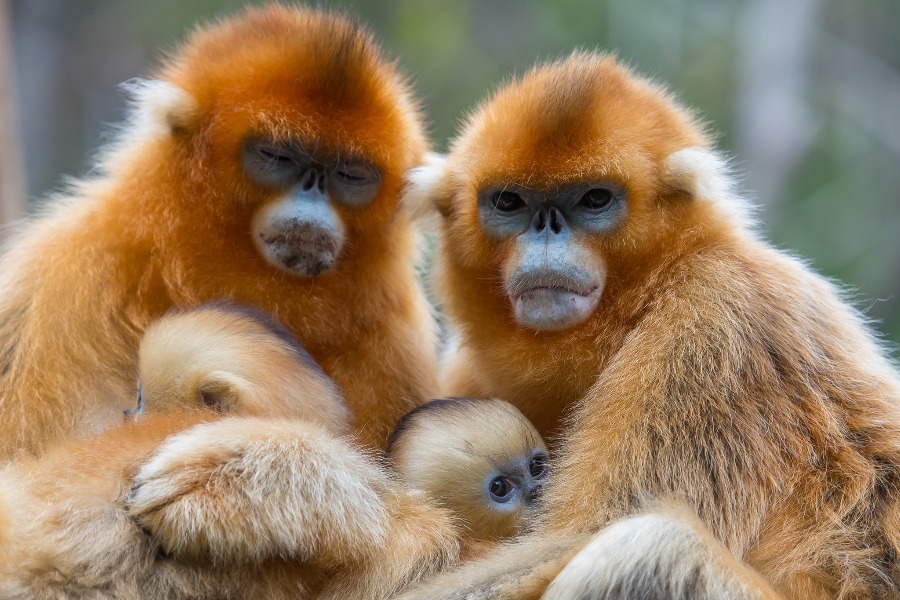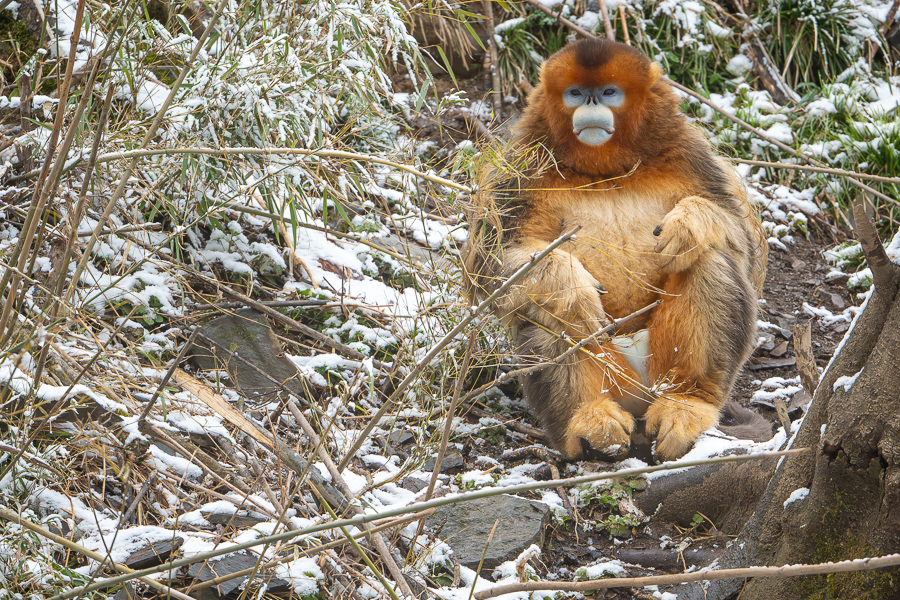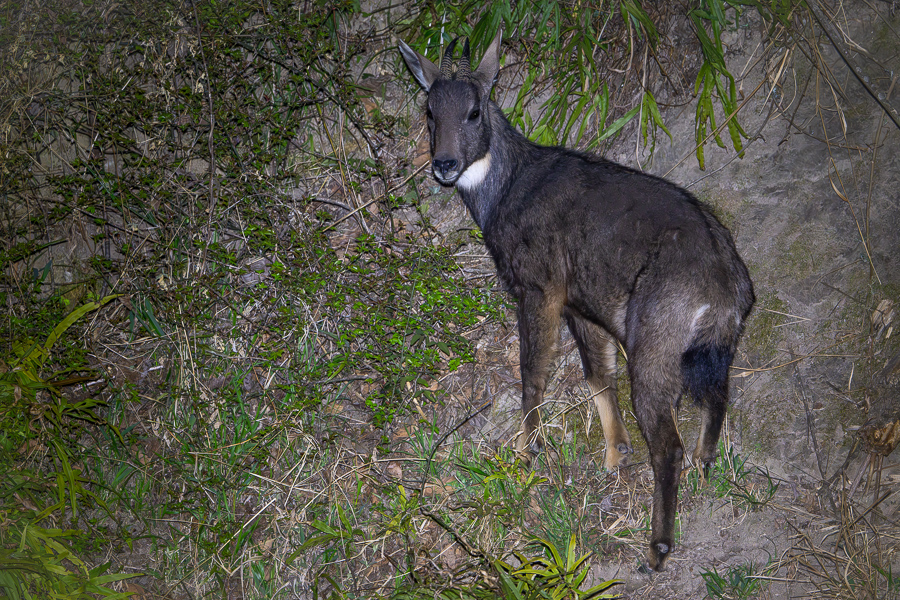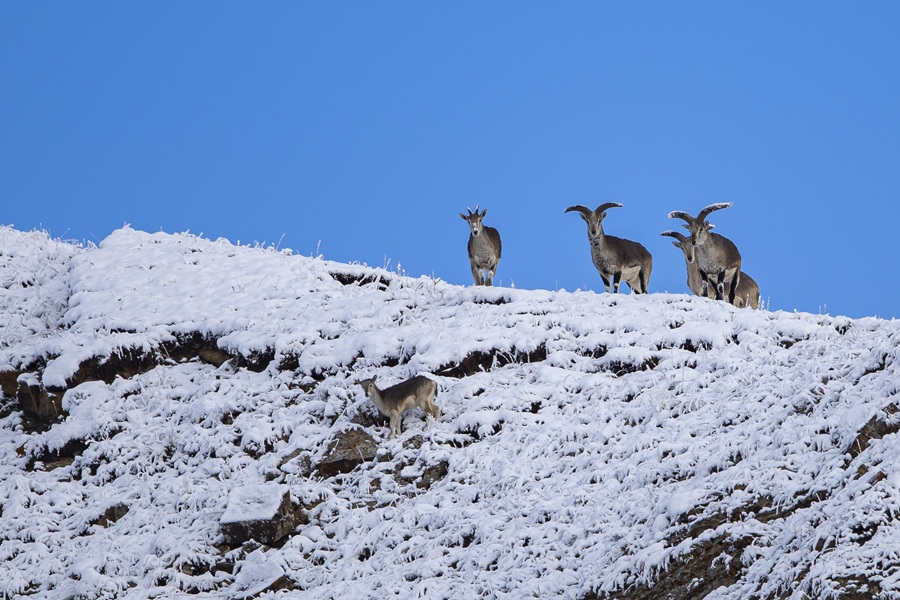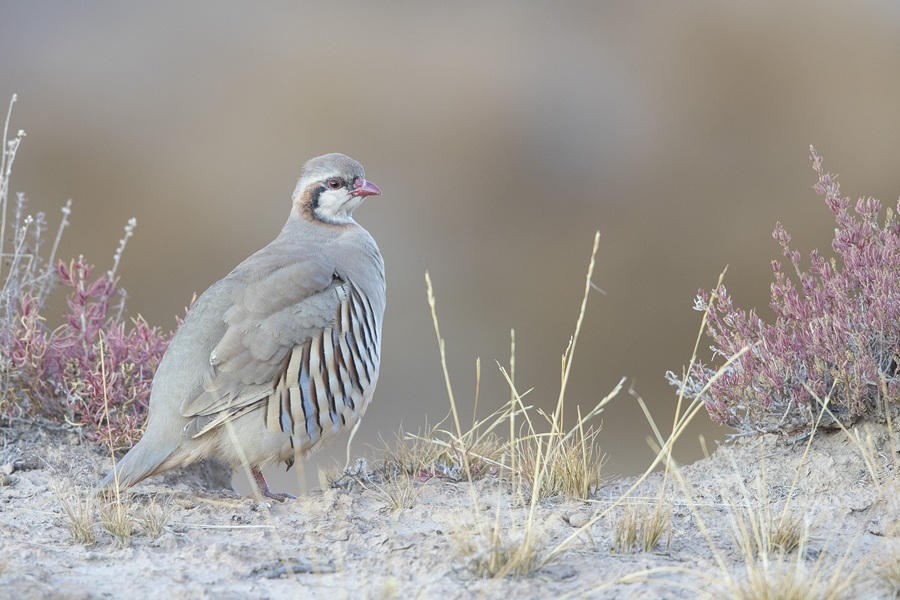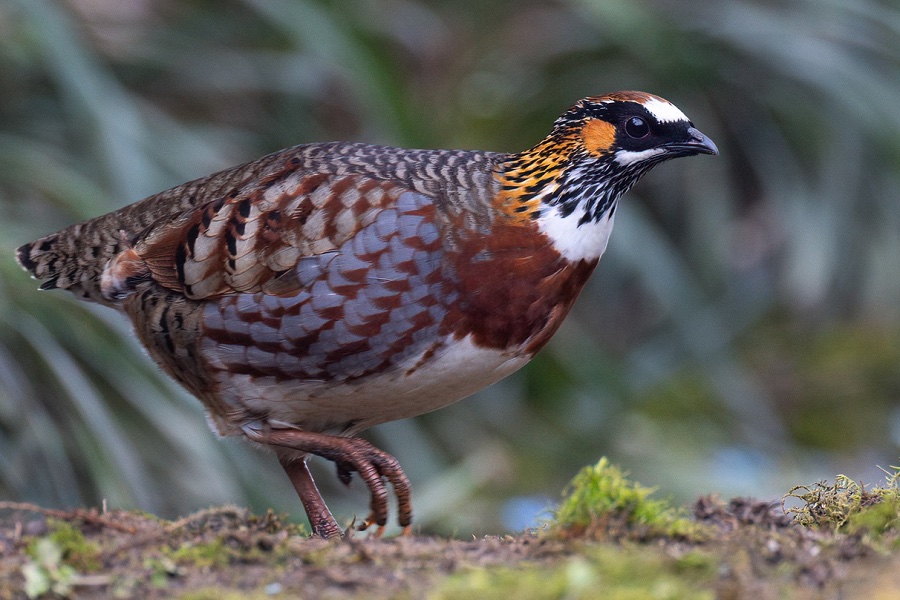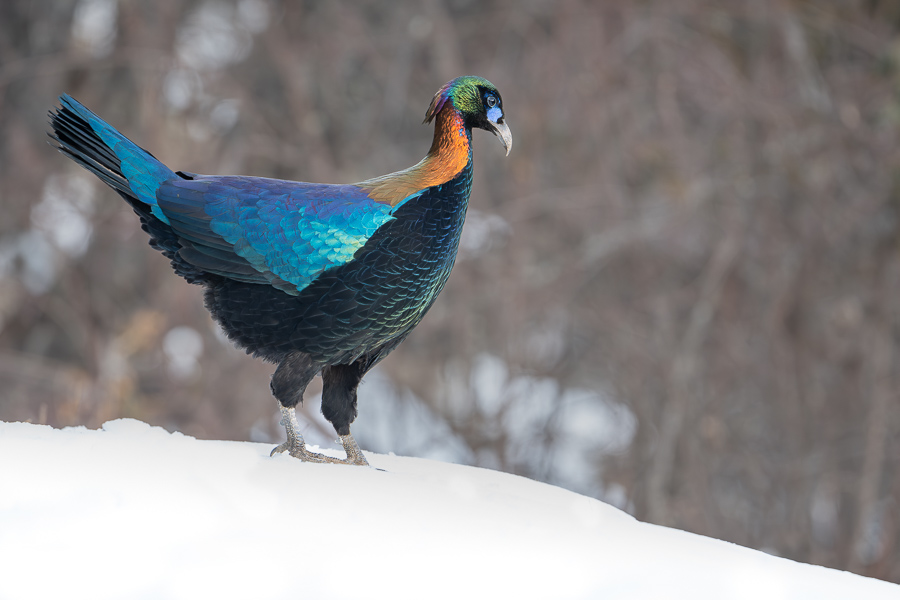China: Mammal Highlights
Snow Leopard, Pallas's Cat, Eurasian Lynx, Tibetan Fox, Red Panda, Golden Snub-nosed Monkey, and Chinese Takin all in one trip?!? These species are near-guaranteed on this exciting new itinerary, also providing chances for Grey Wolf, Himalayan Black Bear, Blue Sheep, Chinese Goral, Chinese Serrow, Sika Deer, Tufted Deer, Tibetan Red Deer, Reeve's Muntjac, and Tibetan Macaque. There are plenty of birds too, including Lady Amherst’s Pheasant, Golden Pheasant, Silver Pheasant, perhaps the rare Sichuan Partridge, a variety of laughingthrushes, parrotbills, woodpeckers, and other passerines, plus high altitude specialties like Bearded Vulture, Ground Tit, White-browed Tit-warbler, Güldenstädt's Redstart, Robin Accentor, and Tibetan Rosefinch.
Next Dates
16 October - 29 October 2025 (14 days)
Leaders:
Joachim Bertrands
Group Size Limit:
7
Single Room Supplement: $
500 USD
Deposit: $
750 USD
Price: $
7200 USD
Add a Title
Leaders:
Joachim Bertrands
Group Size Limit:
Add a Title
Single Room Supplement: $
TBD
Deposit: $
TBD
Price: $
TBD
Add a Title
Despite travel to China sometimes being viewed with trepidation, foreign bird tours to the country have been running successfully throughout 2024 and 2025. Our participants experienced no issues obtaining visas, ground logistics are running smoothly, and the birding is excellent!
Accommodation:
Comfortable hotels for the duration of the tour, except for our four nights looking for Snow Leopard in the Gouli Valley. Here, we will be in the ranger headquarters in simple rooms at 3700m. Sharing will be required with several beds in each room, and shared bathrooms. However, there is plenty of warm bedding and a heater, with some hot water available in buckets for washing.
Walking difficulty:
Mostly easy roadside birding and short forest trails. Note that some high altitudes are involved in the Gouli Valley, but we do not need to walk far from the vehicles.
Tour cost includes:
All accommodation, main meals, drinking water, internal flights (as stated in itinerary), overland transport, tips to local drivers and guides, travel permits, entrance fees, and guide fees.
Tour cost excludes:
Flights before and after the tour start/end, visa, travel insurance, tips to tour leaders, laundry, drinks, and other items of a personal nature.
VISA-FREE TRAVEL: Citizens of more than thirty countries can travel to China without a visa for holidays shorter than 30 days until 31st of December 2025. This makes it easier than ever to join this tour! Valid for passport holders in Australia, Austria, Belgium, Denmark, Finland, France, Germany, Greece, Hungary, Ireland, Italy, Luxembourg, Malaysia, Netherlands, Norway, New Zealand, Poland, Portugal, Spain, Switzerland.
If you are from the UK, US, or any other country not on this list, a visa is still relatively straightforward to obtain, but you must fill in the paperwork and visit one of the Chinese consulates or embassies in your home country. Please contact us if you would like any further advice.
Day 1: Arrivals into Chengdu International Airport (TFU), and transfer to Wawushan for overnight.
Day 2-3: This forested 3000m peak about 70km to the west of the more famous Emeishan holds a superb mosaic of deciduous forest and large bamboo-covered areas mixed within stands of coniferous rhododendron forest. As we walk around amongst the gnarled, moss-encrusted trees, we may enjoy some superb vistas across a seemingly endless series of mountain ridges to the great snow-capped peaks of western Sichuan beyond. This is one of the best places in the world to see the enigmatic Red Panda, and we expect to be able to enjoy several sightings, hopefully of a calm individual resting next to the main boardwalk!
Post-breeding movements are already well underway by October, so this is not the best season for birding! Nonetheless, avian highlights in the forest could include Darjeeling and Crimson-breasted Woodpeckers, Yellow-browed, Rufous-vented, and Grey-crested Tits, Great, Brown, Three-toed, Ashy-throated, Grey-hooded, Fulvous, and Golden Parrotbills, Stripe-throated and White-collared Yuhinas, Grey-hooded and Golden-breasted Fulvettas, Elliott’s, Black-faced, and Red-winged Laughingthrush, Sichuan Treecreeper, Sharpe’s and Vinaceous Rosefinches, Grey-headed Bullfinch, plus a huge assortment of wintering warblers. Nights at the base of Wawushan.
Day 4: Most of the day at Wawushan again before evening transit to Pinshan County for overnight.
Day 5: We will spend a long morning sitting at a new photography hide in Yibin Laojunshan that is frequented by both Lady Armherst’s Pheasant and Silver Pheasant. Other possible species include Sichuan Partridge, Chinese Bamboo Partridge, Elliot’s and Rusty Laughingthrushes, Streaked-breasted Scimitar Babbler, and hopefully Temminck’s Tragopan. After lunch, we will return to Chengdu for overnight.
Day 6: Catching a morning flight to Xining, we’ll transit to Gouli Valley Reserve near Dulan. Along the way, we'll make some birding stops if we see anything interesting!
Day 7-8-9-10: With four full days at our disposal, we stand an excellent chance of finding multiple Snow Leopard, Pallas's Cat, and Eurasian Lynx among the imposing mountainous terrain. Hosted by a local family, we will be guided around the valley by their expert knowledge, and we can effectively say that these three felines are guaranteed, though the usual caveats about wild animals apply! Time is key to successfully finding them, so we will be spending a lot of time scanning the slopes at around 3700m. We are also likely to see Grey Wolf and the endearing Tibetan Fox! The main large herbivores in this area are Tibetan Red Deer and Blue Sheep.
Birds are scarce but may include Tibetan Snowcock, Himalyan Snowcock, Przevalski's Partridge, Hill Pigeon, Salim Ali's Swift, Bearded Vulture, Golden Eagle, Upland Buzzard, Giant Grey Shrike, Ground Tit, White-browed Tit-warbler, Güldenstädt’s Redstart, Robin Accentor, Brown Accentor, Tibetan Snowfinch, Black-winged Snowfinch, White-rumped Snowfinch, Rufous-necked Snowfinch, Black-headed Mountain-Finch, Tibetan Rosefinch, and more.
Day 11: Final morning for cats before returning to Xining in the evening for a late dinner and hot shower!
Day 12: Morning flight back to Chengdu, then transit north to Tangjiahe Nature Reserve. We will stop at a special feeding hide for Golden Pheasant on the way, hoping to see some males of this magnificent species strutting their stuff.
Day 13: This large forest area is well-protected (indeed, there are thought to be more than 50 Giant Panda in the area, though they are very rarely seen), and as a result is a haven for mammals. The impressive Chinese Takin is common, and can often be seen by the side of the road while doing safari-style driving in the reserve. Tibetan Macaque, Chinese Goral, Chinese Serrow, Tufted Deer, Reeve’s Muntjac, plus hopefully Himalayan Black Bear, Leopard Cat, and Hog Badger can all be encountered here, while we also have more chances for Golden Pheasant. Other species to be found might include Golden Eagle, Crested Kingfisher, Tawny Fish Owl, Necklaced Woodpecker, Chestnut-vented Nuthatch, Red-billed Leiothrix, White-collared Yuhina, Green Shrike-Babbler, Little Forktail, White-crowned Forktail, Brown Dipper, Collared Crow, Sooty Bushtit, Yellow-browed Tit, Yellow-bellied Tit, Maroon-backed Accentor, and the endemic Slaty Bunting.
Day 14: Our grand finale this morning will be spent with the superb Golden Snub-nosed Monkey, at a special site where a habituated but still completely wild family is very easy to photograph! A few nice birds can also be seen here like Black-faced Laughingthrush. After this, we'll return to Chengdu where the tour ends with drop-offs back at Chengdu International Airport (TFU) in time for late evening flights.
CHINESE MONAL EXTENSION
Please let us know if you wish to spend an extra two nights with the leader visiting a new area for the spectacular Chinese Monal near Chengdu. The birds here are almost compeltely unafraid of people, and give magnificent close encounters. Cost will be $650 USD.



